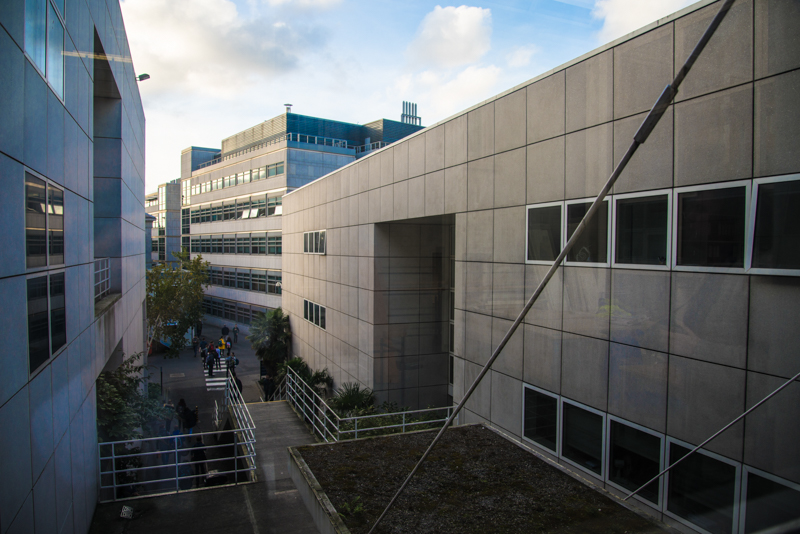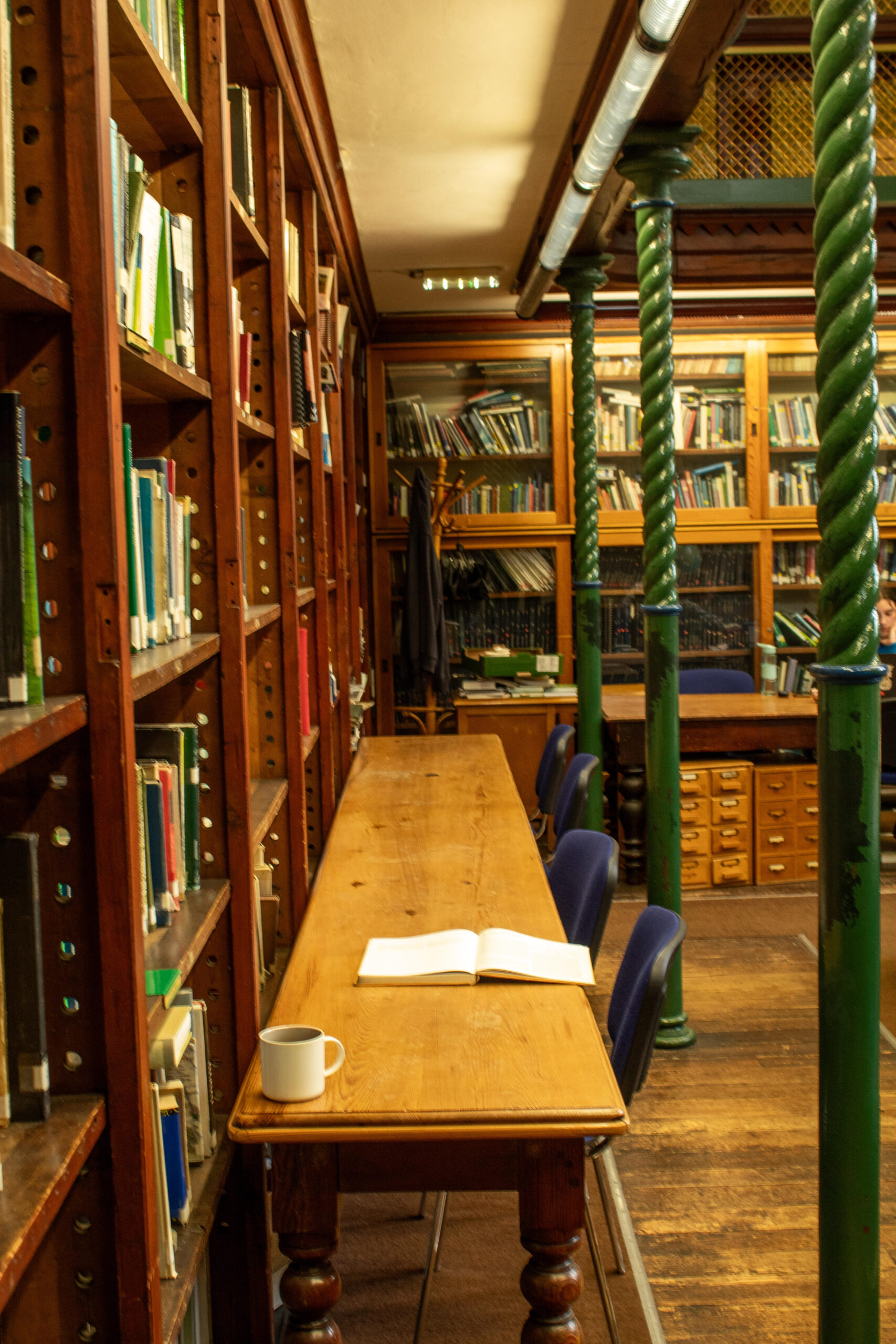In a major scientific breakthrough Trinity scientists, collaborating with an international team of researchers, have made a far-reaching discovery that electrons with no mass can acquire mass in a very high magnetic field.
The team of scientists, led by Prof Stefano Sanvito, a principal investigator at the Trinity-based Advanced Materials and Bio-Engineering Research (AMBER) centre, worked with Prof Faxian Xiu from Fudan University in Shanghai to make the discovery. This paper marked their third collaboration together for research into particle physics.
Addressing a heavily debated topic in the field, over whether elementary particles like electrons, photons and neutrinos have a mass, the impact of the findings could be large.The research undertaken by Trinity scientists, with colleagues in Shanghai, has proved for the first time one way in which mass can be generated in a material. Indeed, the finding may inspire new high-energy collision experiments in particle accelerators like CERN, to see what effect other stimuli, apart from magnetic fields, have on the mass of sub-atomic particles.
Commenting on the “exciting breakthrough” in a press statement, Sanvito, who is also a professor in Trinity’s School of Physics, stated: “Nobody has ever discovered an object whose mass can be switched on or off by applying an external stimulus.” Speaking about the impact of the findings he said: “It is impossible to say what this could mean, but like any fundamental discovery in physics, the importance is in its discovery.”
According to Sanvito, the discovery may however help to lead to the development of more sophisticated sensors in the future.
The team in Shanghai passed a current through zirconium pentatelluride (ZrTe5), and studied the effect of a large magnetic field on the electrons passing through the material. Sanvito described the collaboration with Xiu as “very fruitful”, noting that there a number of other collaborative papers in the works: “While his group are experts in growing and characterizing materials such as ZrTe5 which are very difficult to make, my group has the expertise in the theoretical interpretation.”
AMBER, which is based in Trinity and is funded by Science Foundation Ireland (SFI) and industry partners, encourages collaboration between scientists across Ireland into the development and research of materials. The paper outlining the discovery was published in Nature Communications , a renowned journal earlier this month.







